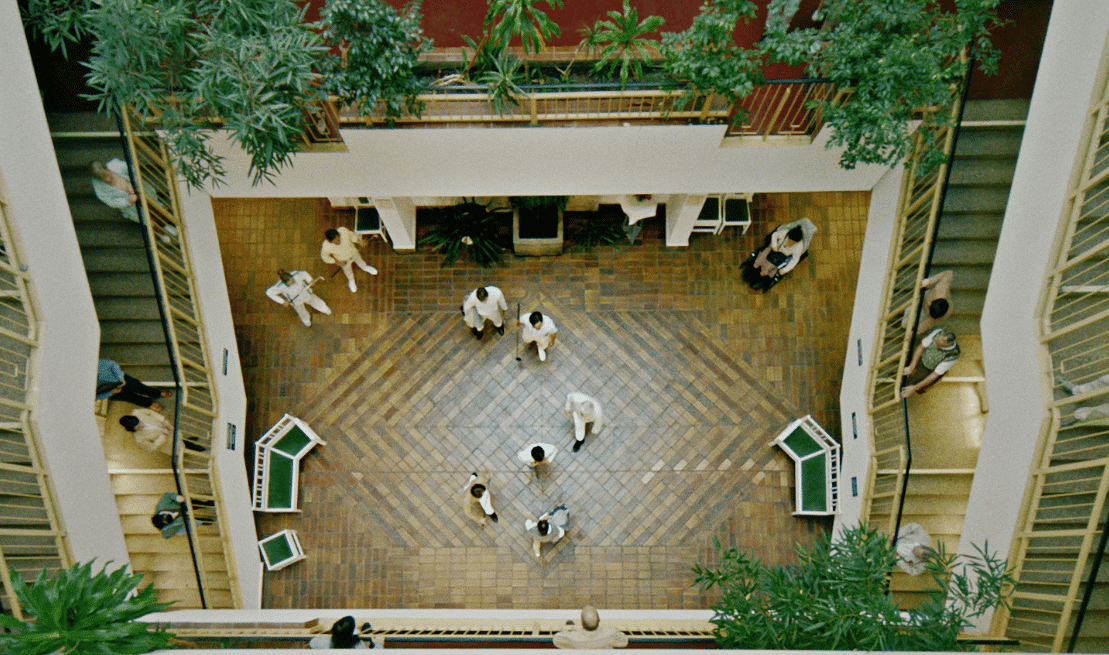Another year bites the dust…
From the perspective of the kinds of independent films usually covered here at Warped Perspective, 2022 has, after everything, been a good year for film: lots of the big genre film festivals have boasted excellent, extensive line-ups, and after a run of virtual-only fests, most physical fests are back (though, if we’re lucky, also offering a virtual festival experience, too – this is one aspect of pandemic viewing which would still be useful to keep). if it seemed last year like normality would never be resumed, then it seems that – broadly speaking – there are more reasons to be optimistic now. It’s not a comprehensively positive picture, but there are reasons to be sanguine. That all being said, some fundamental issues remain for film fans.
In terms of big-budget releases, it’s taken until 2022 for some long-completed films to even reach the cinemas, as studios have remained noticeably twitchy about the prospect of insufficient profits; you could suggest that starving cinemas of long-awaited blockbusters is instrumental in jeopardising cinema attendance across the board, big budget epics and all, but one of the biggest releases has more than reversed the downward trend – as much as this is bound to be an outlier. This may be a valuable lesson for other studios and projects, although sadly one of my favourite films of the year did not do well in the box office, and so this may counteract any sense that the public are definitely ready to commit to going out to see films, all films, any films. 2022 also brought the sad news that the Cineworld and Picturehouse cinemas were in financial trouble and, although their cinemas ae still open at the time of writing, issues persist around the potential longevity of these outlets. Bur despite all of these issues – some of which have appeared to be overwhelming, at various points this year – the public is not done with the cinema just yet, despite an array of different viewing options, and ongoing issues regarding where one of these ends and the others begin. Time, as ever, will tell.
These things are important, of course, and you could write an entire piece about where and how one might have accessed new films this year, let alone next year, but as this article is intended to focus on the films themselves – back to it. Looking at 2022 as a whole, is it possible to summarise the year – particularly the genre cinema year – we’ve had?
Pandemic-inspired horrors continue to appear – how could they not, given the seismic scale of impact caused by Covid? – and some of these have been very good. It hasn’t made my final list, but The Harbinger offered a compelling spin on the illness-as-monster motif, with some genuinely unsettling ideas; in many ways this film feels like the high point of pandemic horror, one which is unlikely to be bested in terms of complexity and ingenuity (but – never say never). We have continued to see a lot of lockdown horrors emerge, now a couple of years after being filmed; these have been as variable as you might imagine, with vastly differing budgets, casts, sets and scripts, if scripts have really been used at all (the pandemic seemed to grant a special kind of dispensation where many filmmakers felt they could just ad lib). Other than that, my overall top ten list this year looks, for the most part, a lot like (largely horror) business as usual; there is little in the way of overarching style or theme, just a diverse and challenging array of titles, representing aspects of different genres but doing more than enough to craft a smart, engaging narrative. That being said, there are a few honourable mentions for what we could loosely term ‘social media horror’ in there; social media does, after all, continue to rule the developed world. A proviso too: I haven’t been able to see as many of this year’s anticipated titles as I’d have liked. There’s no Dashcam; no Bodies Bodies Bodies; no Huesera; no X – to name but a few. Who knows? Perhaps they’d have been on this list.
The vast majority of these films, by the by, were festival releases; only a couple were mainstream cinema releases. As ever, genre festivals are doing incredible work. But, actually, the first film we come to had a modest mainstream cinema run; nor could it be described as a genre film, despite its two co-stars having past form in genre film.
Nitram
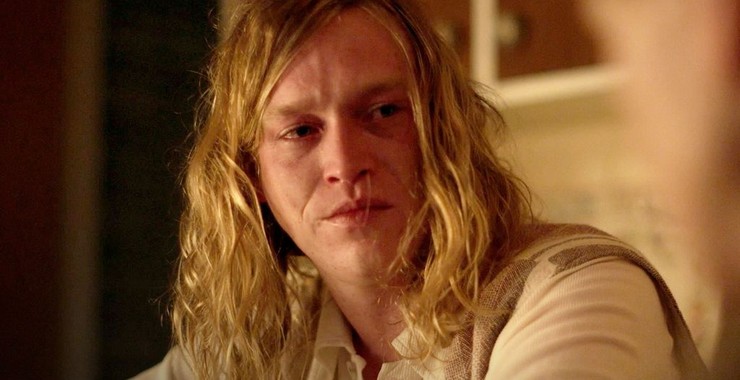
Whilst popular culture’s fascination with true crime shows no signs of abating, today’s films on the subject often swerve accusations of glorifying these acts of violence by modifying their perspective, and this is indeed the case with Nitram, whose subject – the life of mass murderer Martin Bryant – is given no gloss, no elevation. The focus is on him, his lack of moral principles or forethought, and the series of bizarre personal events which turned him into a notorious criminal – but not on his deeds. Hanging in the air throughout this film, though, is the sense that something, god knows what, but something awful was always going to happen to this man. Caleb Landry Jones is phenomenal, as is the supporting cast, with particular mentions for Judy Davis and Essie Davis. A gripping, fatalistic film. Full review available here.
We Might As Well Be Dead
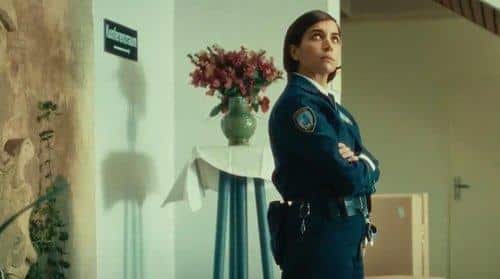
Certainly, the spectres of lockdown and the pandemic seem to have cast a different light on the long-standing idea of the ‘gated community’, where perhaps we now have more of a sense of the advantages and disadvantages of such a set-up, or can at least imagine it all the more fully. This motif has been around for a long time, sure, but there’s a new, refined kind of paranoia available for use now, and such is the case with We Might As Well Be Dead, a subtle, clever film full of ironies and social commentary. Somewhere in the wilds of a possibly dystopian world (we honestly never see enough of it to say for sure), the luxurious Phoebus House is a des-res with strict entry requirements, and it makes an artform of demonstrating the ways in which a model community can begin to hairline-fracture and come apart. Along the way, it shines a light on anxieties and behaviours which have never fully been disavowed, however the discourse has shifted. Check out a full review here.
Repulse
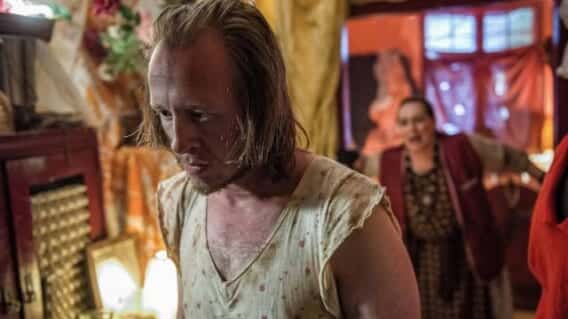
Broken families are nothing new in horror cinema; if anything, we should be impressed that the genre constantly finds ways to both interrogate the topic, and also to present us with memorably damaged characters and situations. Repulse reflects this, though it flags up a great big reminder to the viewer that it’s not necessarily always your tumbledown, impoverished, degraded family units which provide all the trouble; in this film, it’s the accidental overlap between one unhappy home and another ostensibly wealthy, comfortable and respectable one which drives the plot. Another factor which works really well here is in the ways Katerina and Viktor’s families come into contact through a series of unfortunate events, rather than some sinister plot to single out the wellbeing of one household; it’s more coincidental than that. Trusting us to piece together the sequence of events which matter, Repulse toys with genre expectations, but has the confidence and clout to sidestep expectations where it sees fit. For a full review, click here.
Nocturna: Side A – The Great Old Man’s Night
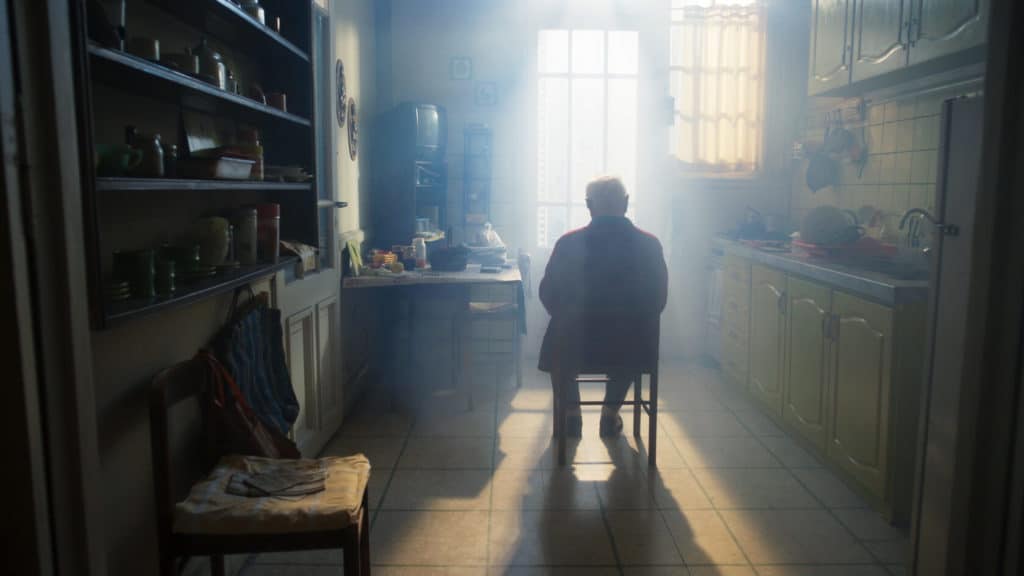
Bringing us to the only film on this list this year which had me break down in tears, Nocturna: Side A – The Great Old Man’s Night is a phenomenal piece of work, a film about old age which focuses on the unpalatable truths of ageing – namely that, in old age, your world begins and ends at your front threshold, and that without your memory, you have nothing to anchor you even to your own home. This is a well-realised, acutely painful study of dementia and regret – can there be any two more horrific topics in the modern age? – Topics likely to come near us all? The careful addition of what appear to be supernatural elements work well, acting as a focaliser for the pre-existing terrors and concerns held by elderly couple Ulises and Dalia; that all being said, it is in the phenomenal performances by these two actors, exploring the painful idea of time coming to its end, which underpins the film so successfully. Heartbreaking. Nocturna: Side B, by the by, an arthouse exploration of same, risks washing away the significant emotional weight and narrative impact of the first film, and does not come close to Side A in quality or value; Side A speaks ably for itself and deserves to be seen alone. My review can be found here.
Glorious
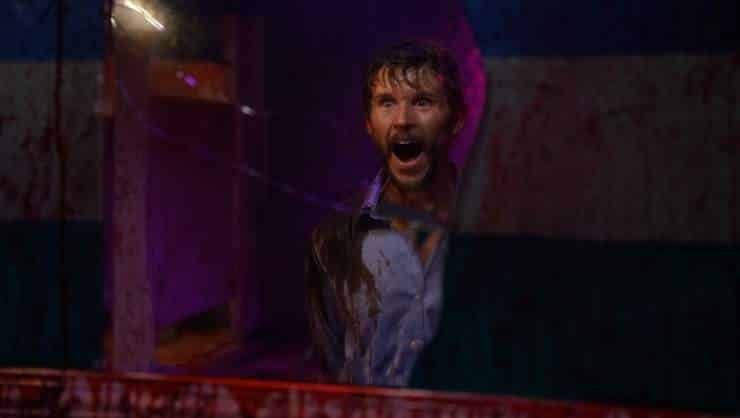
It’s not the first film shot almost entirely in a toilet, and nor is it the first film which takes an incredibly small set and still manages to explore some pretty vast existential questions from that location, but Glorious deserves full credit for doing both of these things – and of course far more – with a kind of ease, humour and yet, a steadily-ratcheting sense that something far more sinister is going on here, from a personal, very human level right up to – well, right up. Wes (Ryan Kwanten) has just gone through a hideous break-up and, his car loaded with stuff, he realises he needs to take a rest break. This rest break turns into an overnight stay, which turns into a hangover, which turns into a strange conversation with the guy in the cubicle next door – and it kind of goes from there. It takes some serious creative chutzpah to launch into a piece of world building like this, but full credit to director Rebekah McKendry for doing so, so much with what are ostensibly very simple elements – at least at first. Check out a full review here.
Barbarian
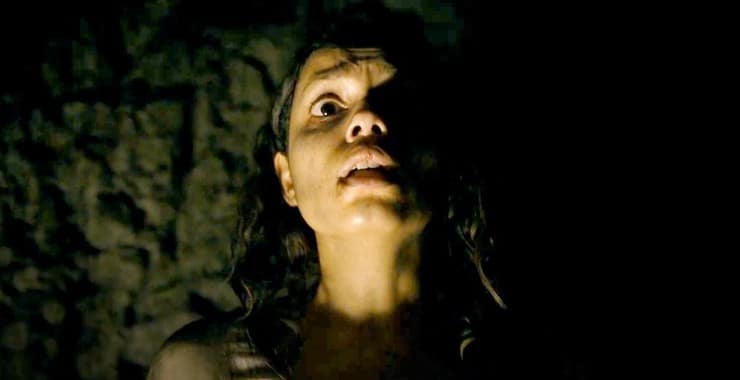
A film I decided to just watch and enjoy on its own terms rather than review – that happens from time to time – Barbarian makes this list because it’s simply so much pacey, multifaceted, grotesque fun. It starts with a very modern misunderstanding which seems to be leading us to anticipate one sort of fate for our protagonist Tess (Georgina Campbell), who arrives at an Airbnb in a remote, deprived suburban neighbourhood which has been double-booked; forget your expectations, though, because the guy already in the house (Bill Skarsgård) isn’t the bad guy here. The film soon spirals into an entertaining mélange of horror elements, encompassing: home invasion (well, sorta), the monstrous feminine, serial killers, you name it. It all glides along, gradually reaching out to draw in new characters and to add exposition, but never feeling like it has to hold itself to some kind of checklist; it hangs onto a few secrets, but it’s all immensely well-handled, engaging and entertaining. Sometimes that is more than enough, as much as you could identify a point or a scene here and there which have significance beyond themselves, pointing to an element of social commentary. But that’s not the key thing here, and it’s great that it’s the case.
Speak No Evil
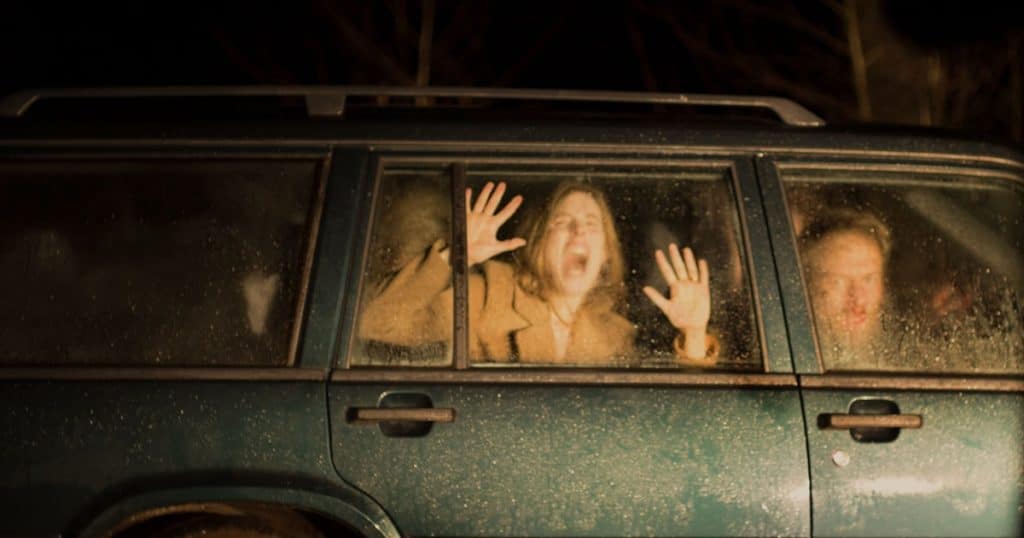
Speak No Evil is a horror rooted, ultimately, in good manners; all of the plot’s doubtlessly horrific, brain-frying elements come to pass because of the polite behaviour of its key protagonists, Danish family Bjørn (Morten Burian), Louise (Sidsel Siem Koch) and daughter Agnes (Liva Forsberg), who go to visit another family they met on holiday. Sure, we may have seen some of this before – the perils of not speaking up, or not following one’s instincts – but almost certainly director Christian Tafdrup’s film excels in terms of sheer, unflinching focus on the repercussions of this. Speak No Evil allows itself some very brief moments of humour, but these are entirely obliterated by the cruelty which follows; in fact, the humour included in the film only makes the eventual direction more galling, because the antagonists in the film are normal, in many respects; they tell jokes, they test the water, and therefore all of their subsequent brutality comes from a place not of superhuman horror, but plausible, if extreme choices. This film stayed with me long after watching. It still hovers uncomfortably on the periphery of my consciousness, asking, ‘Well? What would you do?’ For a full review of this superb and harrowing film, please click here. And remember to never be polite to strangers.
Megalomaniac
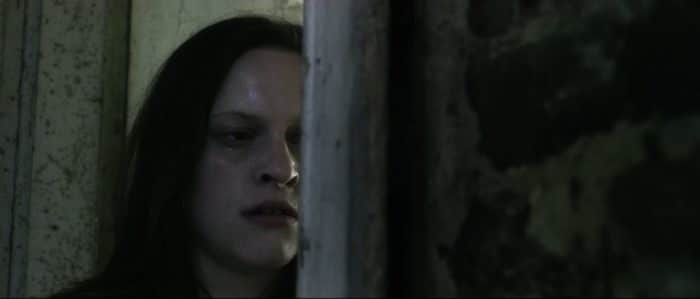
Another decidedly, unreservedly nasty film which doesn’t trouble itself with audience-calming resolutions or providing a sense of justice, nor want to show that the orderly world outside of the chaotic one is ready to come in and solve all the problems, Megalomaniac is no doubt a skilled, if challenging piece of work. Horror does not, after all, owe us social justice, but rather it’s there to contort, extend and reflect the worst aspects of humanity, and make us contend with it. Thus is the case with the appallingly makeshift family dynamic at the heart of this film, with adult siblings Felix and Martha struggling to make their way in a humdrum world after the death of their ‘father’ – if indeed he was their father – who turns out to have been a serial killer, and as such has not successfully passed on much in the way of workable life lessons. But where Felix can only emulate, Martha tries, heartbreakingly hard, to join the world outside, and her treatment at the hands of men very little better than any other men she’s known is genuinely unpalatable. An exploration of misogyny, not an excuse for same, Megalomaniac is a tough watch, but out of its gloom, its New Extremity colour palate and its violence come clever, well-realised messages. You can check out a full review here.
You Are Not My Mother
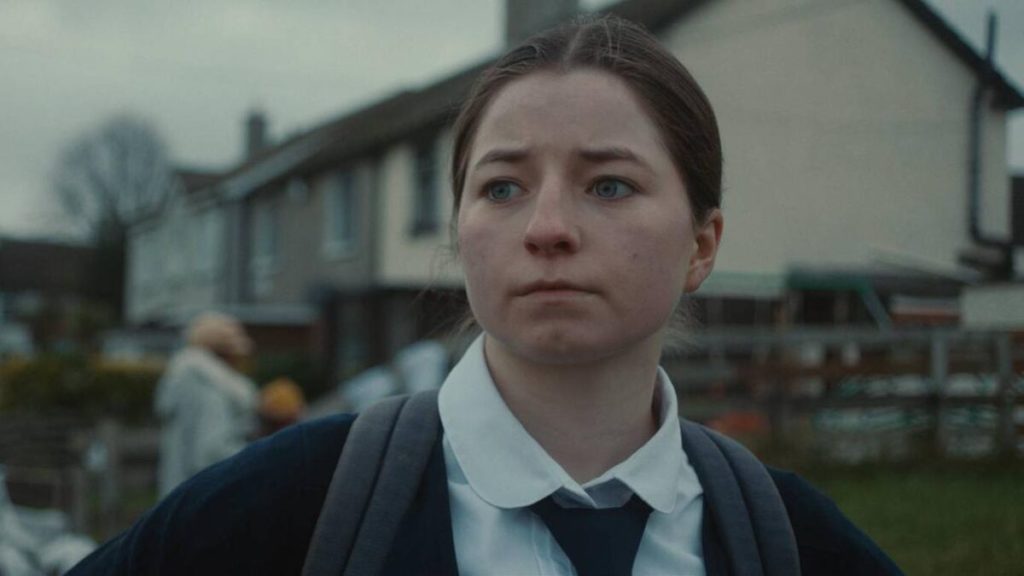
Out of the dour suburban background of a North Dublin housing estate comes an extraordinary debut film from director Kate Dolan, incorporating a very modern story of family alienation with a subtle, supernatural incursion that calls on barely-remembered Irish folklore (and indeed, the film successfully makes the point that even if you forget about the folklore, the denizens of that folklore won’t forget about you). Char, played by the very talented Hazel Doupe, is a teenage girl whose relationship with her mother is somewhat fractious; her mother has mental health difficulties, and struggles to be there for her daughter. But one day, when Char is leaving school, she finds her mother’s car, abandoned: what could be a missing person’s case is happily averted when her mother returns home unharmed that night, but where has she been? And why the sudden new interest in Char? It’s essentially a very simple idea teased out with extraordinary skill and patience, more than ably supported by an excellent cast and just the right balance of folk horror and gritty, unflinching realism. Here’s a full review.
The Northman
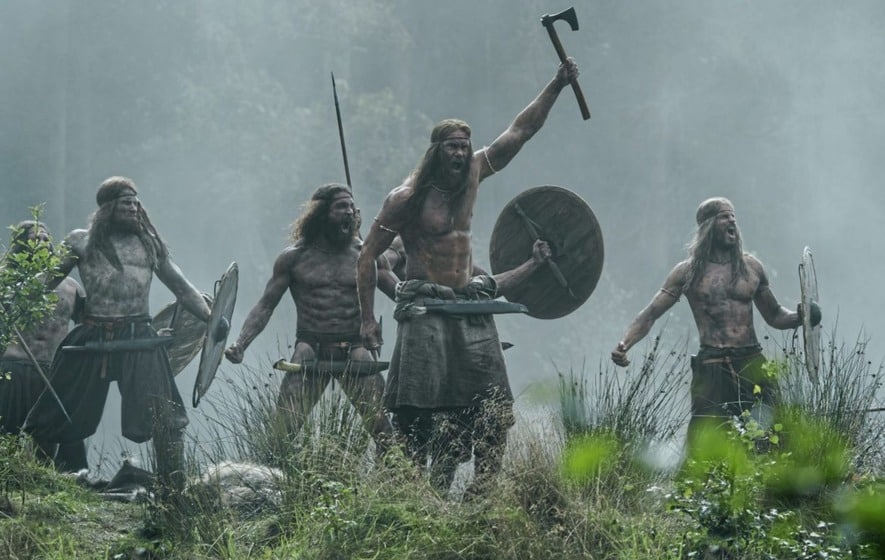
…and after all of that, my film of the year has significantly less in common with most of the films on this list than they do with one another, at least on first glance: it’s a fantasy-drenched historical epic, one where magic and fate feel like very natural parts of the world presented, as they should; The Northman is vast in scale, intricate, spanning years and digging onto two key preoccupations of so many sagas – vengeance, and bloodlines. Is that what perhaps pushed some audiences away? Perhaps it was too traditional for some audiences, too unconventional for others, but really speaking, Robert Eggers has done exactly with this subject matter what I would hope and expect him to do. He has also brought to bear plenty of the individual style he’s developed over the years through his other work.
His vision of a tough, bitter, warlike world on the fringes of Northern civilisation, a disinherited son and a curious, fantastical, shifting redemptive arc is an absolute triumph – and regardless of whether or not this film really flew at the box office, surely it will grow and build a deserved reputation from here on. After all, at the end of it all, it also manages to be profoundly moving; who wouldn’t watch that ending and not feel every part of that vindication is deserved? It takes courage to make a Viking epic with that level of magical realism and stern, unflinching historical detail, bring it all together, and succeed. Here’s my full review.
And finally – some honourable mentions…
- The very funny Triangle of Sadness, where harsh reality lands on a group of nouveau-riche vacationers and possibly teaches them a thing or two;
- Deadstream, an enjoyable social media horror (which has replaced found footage with selectively filmed footage for baying online audiences, which is better)
- Follow Her, an entertaining exploration of – again – online platforms and revenue streams, with some harsh lessons around consent and content;
- An intriguing and rightly unsettling interpretation of mental illness, Hypochondriac shows us what a breakdown looks like;
- Sissy takes the rekindling of a childhood friendship and refracts it through modern, contested, always-online adulthood with all of its very own horrors;
- And lastly, though perhaps a little bit because I almost overlooked this excellent zombie-ish horror as being one I’d actually seen in 2022, The Sadness is an absolute humdinger – visceral, sharp and unflinching.
